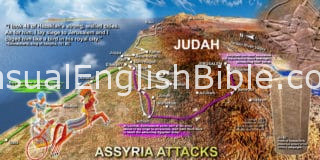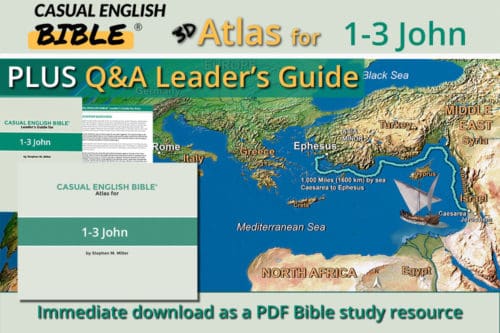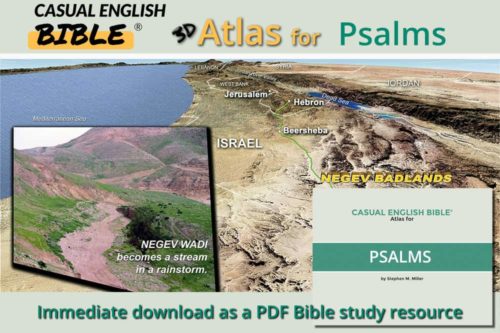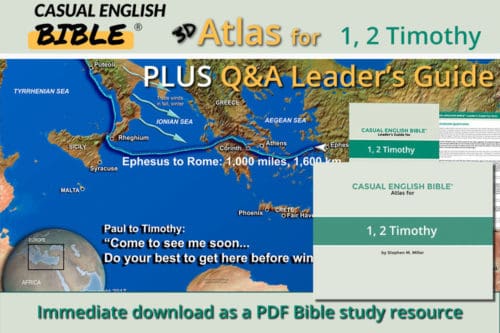Description
Preview
What you get with the Isaiah Bible Atlas
- 50 high resolution 3D maps for immediate download as PDFs. Updates are free.
Sample map in the Isaiah Bible Atlas
Isaiah is the headliner of Bible prophets
Isaiah’s book of prophecy comes first, among the prophets. Yet he didn’t seem to save many souls.
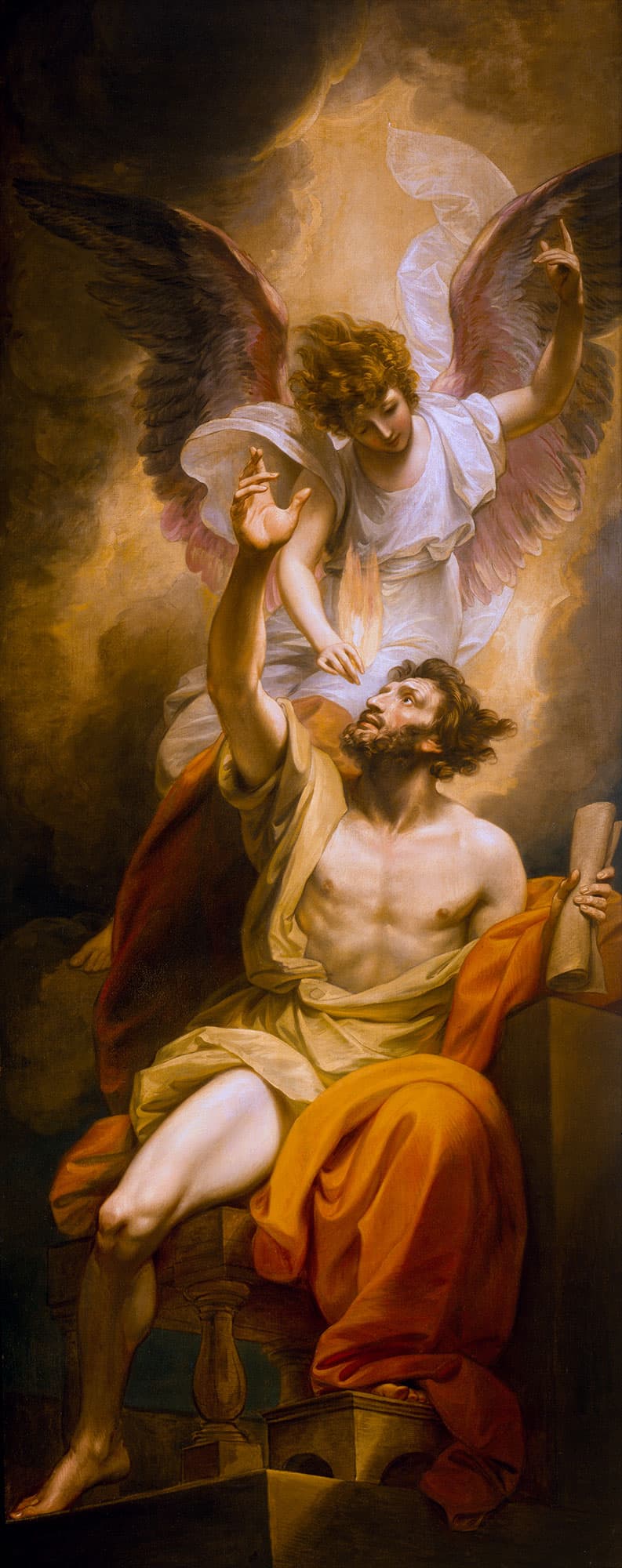

Vision
Isaiah began his ministry after experiencing a dramatic vision or a vivid dream. He saw God in heaven, surrounded by celestial beings with wings.
God asked for a volunteer to deliver his messages to the people.
Isaiah said, “Send me. I’ll go” (Isaiah 6:8).
He was one of the first prophets to preach doom. He delivered that message to both Israelite nations—Israel and Judah. They were thriving at the time, enjoying peace and prosperity. But he said they were doomed mainly because they worshiped idols instead of God.
It seems leaders of prosperous nations tend to ignore messages like that.
With the near-zero effect Isaiah had, he might as well have written “You are Doomed” on a strip of leather, nailed it to a fencepost, and then carried it naked through the streets of Jerusalem. People ignored him.
His ministry spanned four kings (1:1), but the kings seemed to rarely take his advice.
He once warned godly King Hezekiah not to make an alliance with the Egyptians or take a stand against the strengthening Assyrian Empire (Isaiah 28:15). But Hezekiah did both. Assyria invaded, pushed back the Egyptians coming to the rescue, and then destroyed many cities of Judah.
Bad news first
Isaiah delivered bad news to just about every nation in the Middle East.
He said Israelite nations were going to suffer the consequences Moses warned about for breach of contract with God. For turning their back on God, they’d lose their country and get deported (Deuteronomy 28:36).
Isaiah said that in time, God would punish each nation or empire that mistreated his people.
Good news last
It’s not all doom. Just mostly.
In the end of the book, Isaiah offered hope to Jewish descendants of those who had watched Assyrian and Babylonian invaders wipe the two Israelite nations off the map. God promised to bring home his people scattered all over the known world.
Isaiah paints a picture of heaven on earth:
“Crying time is over” and “wolves and lambs will eat together” (65:19, 25) instead of eating each other.
Some Bible students say that’s a metaphor for peace. Others say they take that literally, and that they’re waiting for Jesus to come and create a world like that. Some Jews say they’re looking for the messiah to come and do that; most don’t say Jesus was that messiah, since wolves are still eating lambs.
Isaiah promises that God will make new heavens, a new earth, and a new Jerusalem. Later prophets pick up those hopeful images as a portrait of a patient God who never stops loving human beings:
“I saw a new heaven and earth. The first heaven and earth were gone” (Revelation 21:1.)
In addition to the Isaiah Bible Atlas
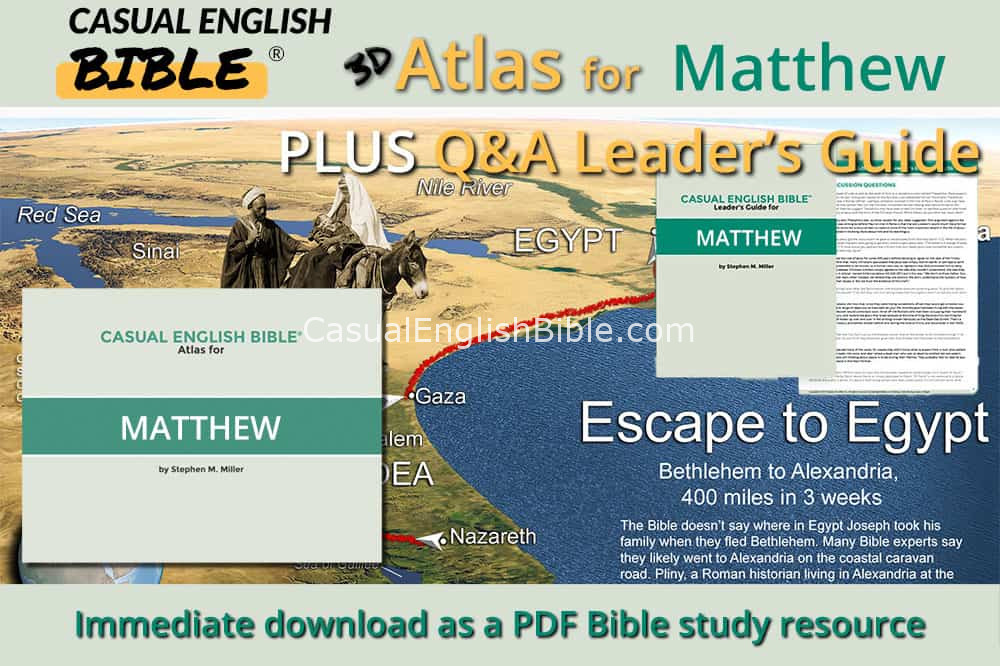
Matthew, the New Testament book that quotes Isaiah far more than any other New Testament book does
Best resource for comparing other Bible translations: Bible Gateway. This isn’t an ad. It’s a recommendation from the Casual English Bible.
To support the work of paraphrasing the Casual English Bible and keeping it free online:


